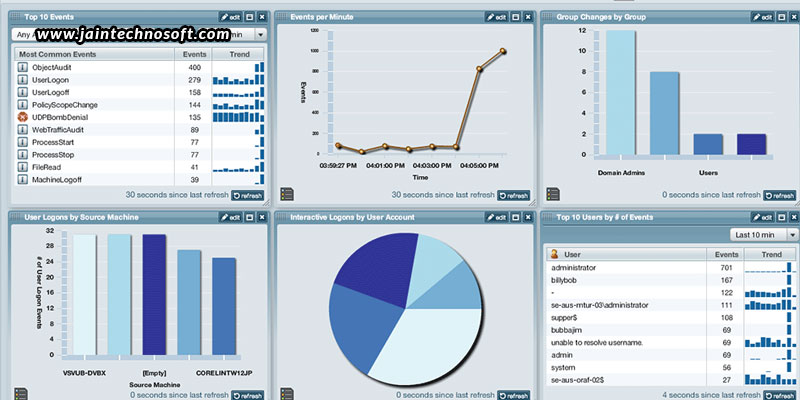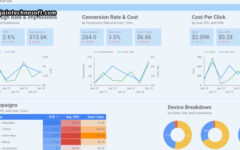Log file analysis can help get some detailed insights into what Google is doing on your site. This blog will give you a complete overview of log file analysis, while also letting you know how you can break down log file analysis to make it easily accessible. And for the rest, you can always hire a digital marketing company in Bangalore. Here, we will divide the overview into three basic parts – the types of logs, the analysis of the data, and the usage of that data to optimize your site.
Types of logs
There are three primary types of logs – Apache, W3C, and custom log files. Whatever the type, there are certain things that you can see with them like the request server IP, the time stamp, the URL requested, the HTTP status code, and the user agent. Thus, log files house almost every data, all visits, and all traffic. Now, we need to know how we can analyze the Googlebot traffic.
Analysis of data
Now that we have all the data, what do we do with it? You can use tools like Screaming Frog Log File Analyzer, Splunk, or Sumo Logic to analyze the data. However, you have to have your log files in a specific type of format to use them. But, if you are working with really large sites, you may get into problems as it is not going to be in a common log file. Thus, here, you will have to manually do some of the things. For this, you will have to import a CSV log file into Excel, use the Text Import Wizard, and then delineate what the separators are. Whether a space, comma, or anything else, you can break them up such that each element lives within its own column. Then, you will just have to create pivot tables. In Excel, you can look at the top pages that Googlebot hits by frequency. You can find the top pages by the number of times they are requested. You can also look at the top folder requests. Other than this, you can also look at the most common Googlebot types that are hitting your site.
Optimization of the site
So now, let us look at how you can use the data to enhance your crawl budget and optimize your site.
- You need to look at all the 400s that Googlebot is finding.
- You need to isolate the 301s and fix frequently hit 301 chains.
- You need to keep an eye on an increase in 500 errors on your pages.
- You need to see what Googlebot is finding and crawling, and what they are missing out on.
- You need to compare the frequency of hits to the traffic.
- You need to keep an eye on the mobile first aspect.
- You need to evaluate the speed of requests and see if there are any external resources that can be cleaned up to speed up the crawling process.
- You need to look for if Googlebot is hitting any URLs with the parameter strings.
- You need to evaluate the days, weeks, and months that the pages are hit.
Once all of this is done, it could be really helpful to connect the crawl data with some of this data to gain more insight. With such reevaluations, you can continue this cycle over and over again; which will help you look at what is going on, put in some efforts, clean up, and go over again!




